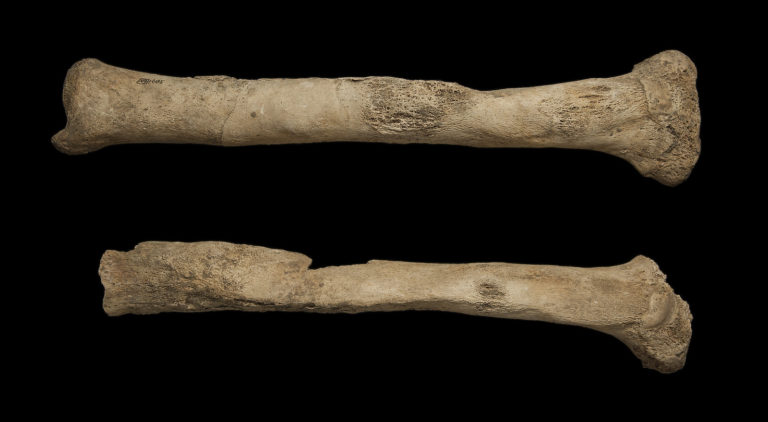Home / History / Archaeology / Forensic Archaeology and Anthropology / Skeletal Pathology in Forensic Investigation

Reach your personal and professional goals
Unlock access to hundreds of expert online courses and degrees from top universities and educators to gain accredited qualifications and professional CV-building certificates.
Join over 18 million learners to launch, switch or build upon your career, all at your own pace, across a wide range of topic areas.



 Right and left tibia showing a thickened appearance in response to infection
Right and left tibia showing a thickened appearance in response to infection
 Femora from two different individuals. The femur on the bottom is normal and the femur on the top shows shape changes associated with vitamin D deficiency in childhood.
Femora from two different individuals. The femur on the bottom is normal and the femur on the top shows shape changes associated with vitamin D deficiency in childhood.






